Have you heard of the book, Writers Are Readers by Lester Laminack? If you haven't, it is one to put on your to-read list. It is all about the reading-writing connection, and the great thing about it is that each chapter explains how to model a reading skill with a mentor text and flip the learning to writing with the same text. It is a great way to help students recognize how text structures, signal words, and story events are used to understand texts, but also how students can use these structures to help the readers of their own writing.
Let's Look at an Example
 There are quite a few books available about sprouting seeds and growing plants. Each is organized in a sequential structure, and any of these would work for teaching sequencing patterns as a comprehension skill. The books walk through the steps of growing plants, and students can locate the signal words as they read to break down the books into parts.
There are quite a few books available about sprouting seeds and growing plants. Each is organized in a sequential structure, and any of these would work for teaching sequencing patterns as a comprehension skill. The books walk through the steps of growing plants, and students can locate the signal words as they read to break down the books into parts.
Of the books in this list, I personally love From Seed to Plant by Gail Gibbons for the framework. It includes all of the plant stages, and therefore, students see the connection and can use a flow chart, storyboard, or sequencing organizer to map out the stages.
Let's Flip to Writing
Now for writing, you can piggyback on From Seed to Plant with Mrs. Spitzer's Garden. In it, Mrs. Spitzer refers to growing her students (seeds) to help them bloom. As a writing assignment, we can connect these two texts in the freebie I'm sharing with you today called "Growing Greatness".
In this freebie, students will use the writing process to brainstorm things they need. (What do you need to nourish a healthy you to help you bloom or show your skills?) I'd suggest students use sticky notes to mark the places in the books you choose so they can see the structure, author's words, and how the illustrations may help demonstrate the sequence.
Once students have a listing of ideas and a sense of story structure, they can begin to plan. I included a four square model, but you can certainly use another organizer that works for you. In mine, I include a place for the student to list the transition words they're using as well as the stage.
Finally, I've included a drafting form and a final form for a more polished publication. You could even bind them into a class book for rereading in the classroom library.
Let's Write
 |
| Click to Download |
I would highly recommend Writers are Readers, and if spring break is coming, you could probably knock it out. You'd also knock out your lesson plans for the weeks to come too! 😜
For additional writing ideas, check out these popular writing posts:
Five Ways to Run Writer's Workshop Like a Boss
Three Steps to a Successful Writer's Workshop
Why Writing Must Be Part of Your Writing Routing
Daily Routines that Build a Love of Writing






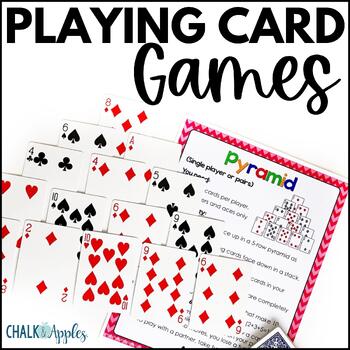
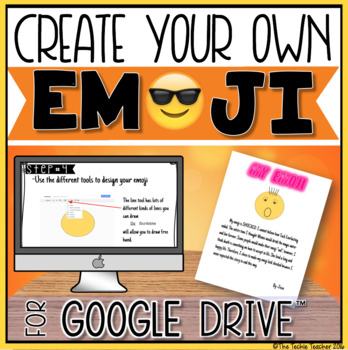
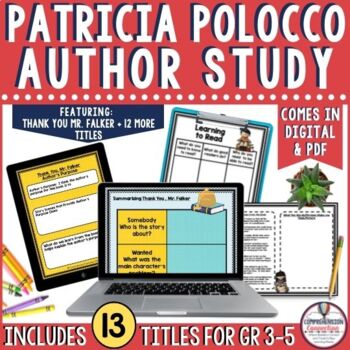

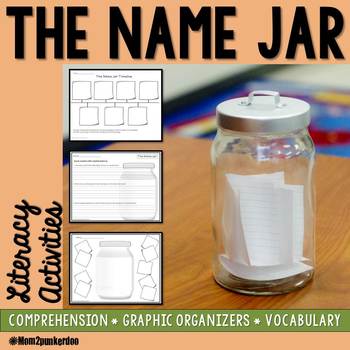

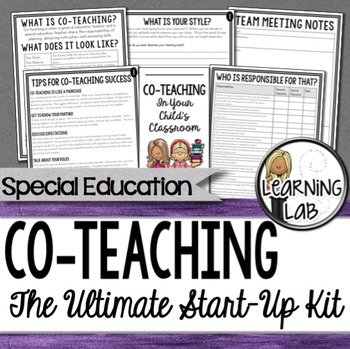
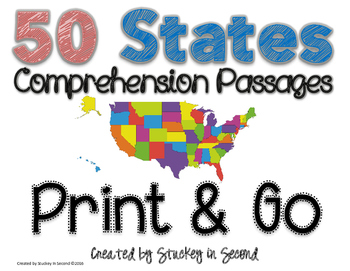
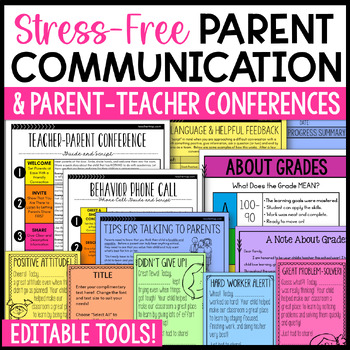
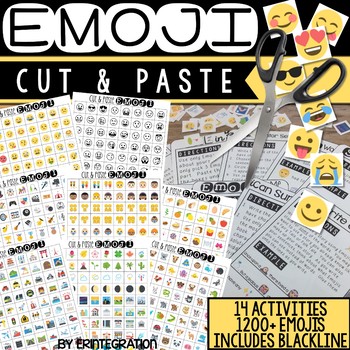
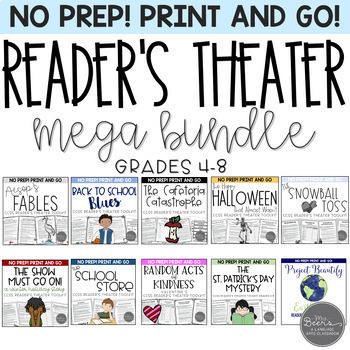
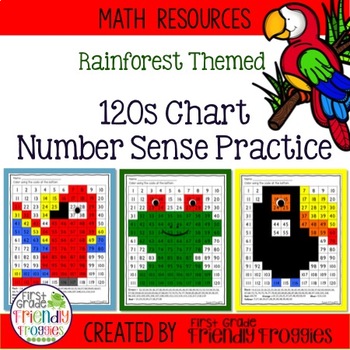

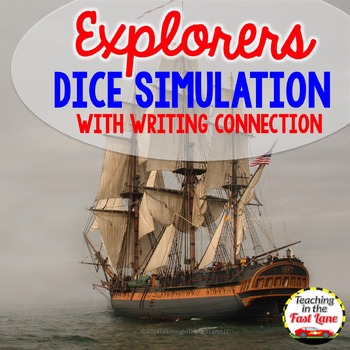





















0 comments:
Post a Comment